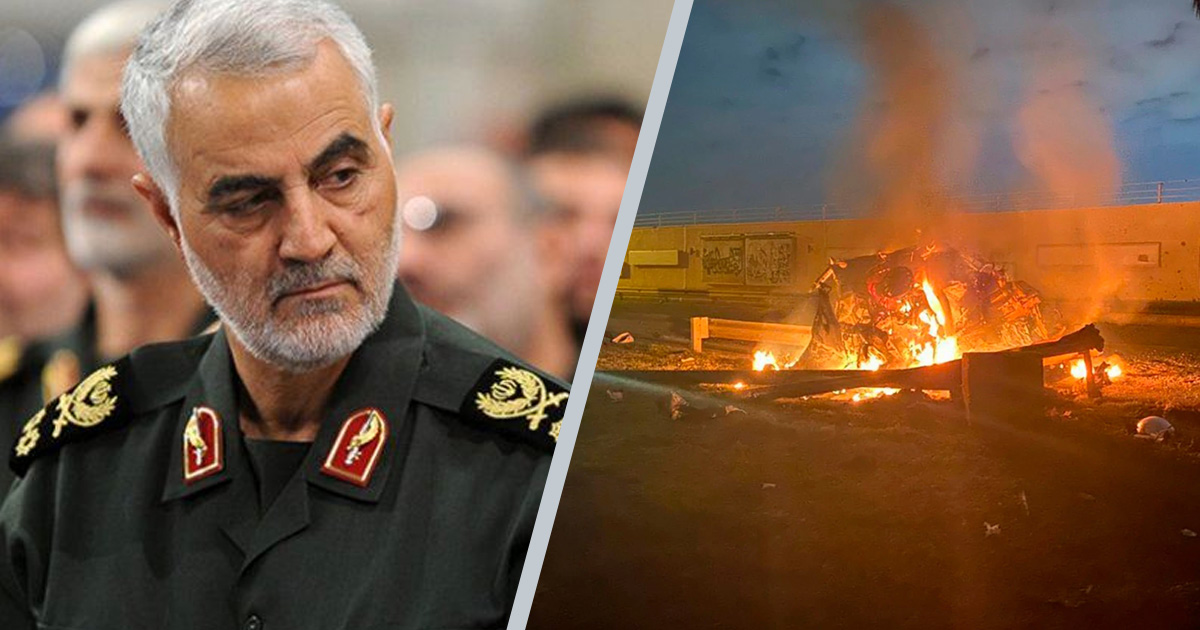KATHMANDU: General Qassem Soleimani, the head of Iran’s elite Quds force, who featured in the ‘most wanted’ list of America after Osama bin Laden, has been killed following a US airstrike at Baghdad’s international airport, CNN reported.
The US confirmed it was behind the airstrike that killed the powerful Iranian commander, a major escalation in a conflict with Iran, The New York Times tweeted.
Qassem Soleiman was the head of the Iranian Revolutionary Guard Corps-Quds Force, a foreign terrorist organization designated by the US.
Soleimani is one of the most powerful men in the Middle East and the second powerful in Iran. America had put Soleimani on a par with Osama bin Laden and had been keeping close tabs on him.
He had been overseeing Iraq, Syria, Lebanon, Yemen, Afghanistan and was the head of Iran’s overseas operations.
According to media reports, the other six people including Iraqi militia Commander Abu Mahdi al-Muhandis were also killed in the airstrike.
Soleimani, an Iranian Major General in the Islamic Revolutionary Guard Corps, and since 1998 commander of its Quds Force, was involved in extraterritorial military and clandestine operations.
He began his military career during the Iran-Iraq War of the 1980s, during which Soleimani commanded the 41st Division.
Later, he was involved in extraterritorial operations including providing military assistance to anti-Saddam Shia and Kurdish groups in Iraq.
He was also involved in providing assistance to the Hezbollah in Lebanon and Hamas in the Palestinian territories.
Soleimani helped bolster the Syrian government in 2012 during the Syrian Civil War.
He was also playing a supportive role in the command of the combined Iraqi government and Shia militia forces against the Islamic State of Iraq and the Levant (ISIL) in 2014–2015.
Born on 11 March 1957 in the Kerman Province to an impoverished peasant family, he moved to the city of Kerman in his youth and worked as a construction worker. He, in fact worked to help repay a debt his father owed.
Then in 1975, Soleimani began working as a contractor for the Kerman Water Organization.
He joined the Revolutionary war Guard (IRGC) in 1979 after the Iranian Revolution.
When Saddam Hussein launched an invasion of Iran on 22 September 1980, Soleimani joined the battlefield serving as the leader of a military company.
He then earned a reputation for his bravery, and rose through the ranks due to his successful operations against Iraq. He then became the commander of the 41st Sarallah Division in his 20s.
He was seriously injured in Operation Tariq-ol-Qods. Soleimani was also involved in organizing and leading irregular warfare missions inside Iraq when he succeeded in establishing relations with Kurdish Iraqi leaders and the Shia Badr Organization. Both these organizations were opposed to Saddam Hussein.
(With inputs from Agencies)









Comment